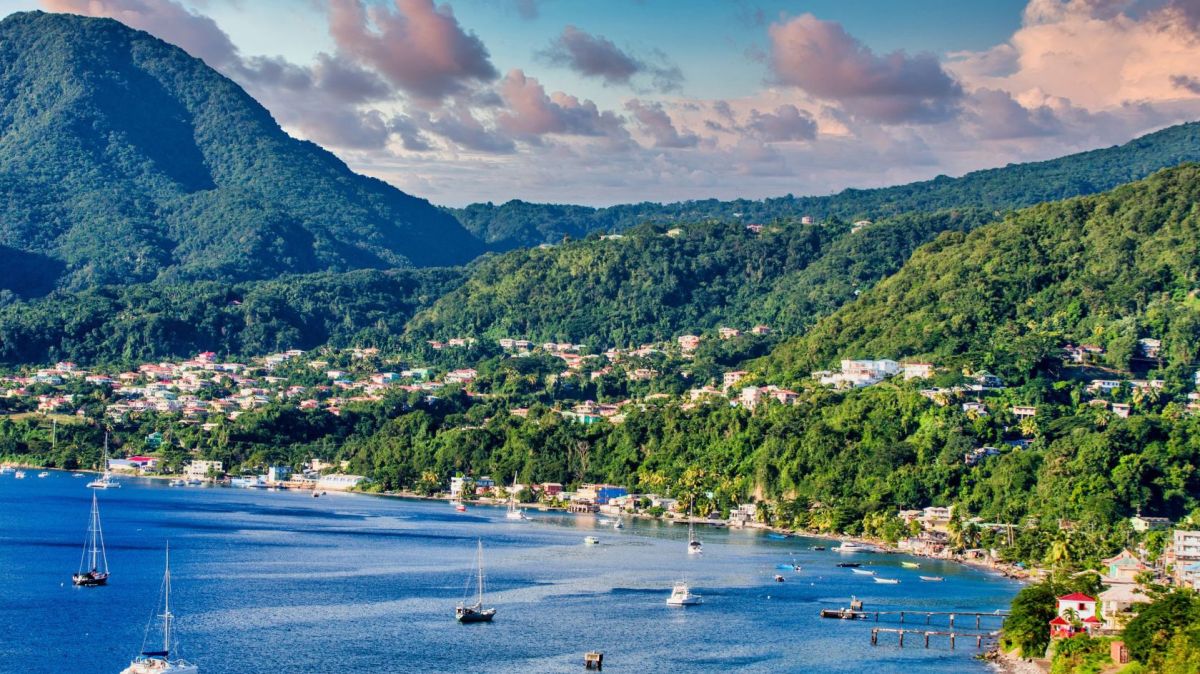It goes without saying that Portuguese
wines are some of the best in the world. The growing conditions are perfect for
many top-quality varieties, and the style of each depends on the region they
are produced in.
But did you know that Portugal is also
home to a wide selection of unique spirits and liquors?
Vinho do Porto - Port is one of the most famous Portuguese drinks ever,
made from distilled grapes exclusively from the Douro Valley. Its colours range
from deep red to light gold and its taste ranges from very sweet to extra dry.
Moscatel -Two regions in Portugal are famous for fortified
Moscatel - the Douro and the Setubal Peninsula, and also in the city of Lisbon,
in a few locations on the other side of the Tejo River. Aromatic and sweet, it
is usually served cold as an appetiser, sometimes with a slice of lemon peel added.
Aguardente – this is a clear and colourless spirit distilled from
grape mash—the skins and pulps left as a by-product of winemaking, which make
it one of the seriously strongest Portuguese drinks out there. A real firewater
– it leaves a dry and burning sensation in your throat!
Macieira – a brandy created by José Guilherme Macieira after he
studied winemaking in the French region of Cognac. It was created in 1885 and
has been produced according to a secret recipe for more than 125 years, and
includes flavours of vanilla, peach, honey and cherry, with a liqueur texture.
Adega Velha – is a soft velvety brandy, a delicious digestive often
added to a good cup of espresso.
Licor Beirão – is produced from a double distillation of seeds and
herbs, including cinnamon, cardamom, lavender, eucalyptus, aniseed and mint,
which creates a unique and popular drink. Delicious served with ice and used
also as a basis for cocktails.
Ginjinha – or just ‘ginja’, is a Portuguese dark red liqueur
made from aguardente that’s been infused with sour cherries. It’s served in a
small shot glass or sometimes edible chocolate cups. Ginjinha can be found in
restaurants and cafés all over Portugal, but it’s especially common in the
towns of Alcobaça and Óbidos, where the tradition began.
Gin - the Portuguese actually make a lot of different gins,
one with a secret recipe of botanicals, another with flavours of citrus and
apple, one has the ingredient of perico, a locally grown variety of pear that
has a deliciously sweet and sour taste, and yet another includes tangerine,
jasmine flower and black tea. One brand even makes a blue gin that changes
colour when mixed with tonic!
Amêndoa Amarga - served after lunch or dinner, with lemon peel and ice,
it’s a common alternative to Porto wine or Moscatel de Setúbal. But be aware:
‘amêndoa amarga’ means ‘bitter almond’ in English, and as the name hints, it
isn’t exactly sweet. The most popular brands come from the Algarve, where the
best almond production takes place.
Medronho - a strong traditional brandy obtained from the fruits
of the Medronho tree, a wild evergreen shrub or small tree native to the
Mediterranean region and western Europe. The tree is well known for its fruit,
which bear some resemblance to the strawberry—hence the common name ‘strawberry
tree’.
Rum da Madeira - is a traditional rum from Madeira. It is used as
the base for many cocktails. Madeira rum is ‘rhum agricole’, meaning it is made
directly from cane syrup. It is also matured in Madeira fortified-wine casks.
Portugal makes spirits from many things
that grow here - from alfarroba to passionfruit, and even one with the flavours
of our famous pastel de nata.

I don’t have the space to list them all
here but felt Licor de Merda was worth a mention – it translates
literally as ‘s*** liqueur’ and was created to ‘honour’ some authorities that
governed Portugal during its troubled times.
Originally created originally 1974, in
the town of Cantanhede, in the year of the Carnation Revolution, it went from
being almost a joke to a serious sales case from 2004. Despite its name, it is
an easy-drinking liqueur, with ingredients including milk, vanilla, cocoa,
cinnamon, sugar, and citrus.
Marilyn writes regularly for The Portugal News, and has lived in the Algarve for some years. A dog-lover, she has lived in Ireland, UK, Bermuda and the Isle of Man.
















